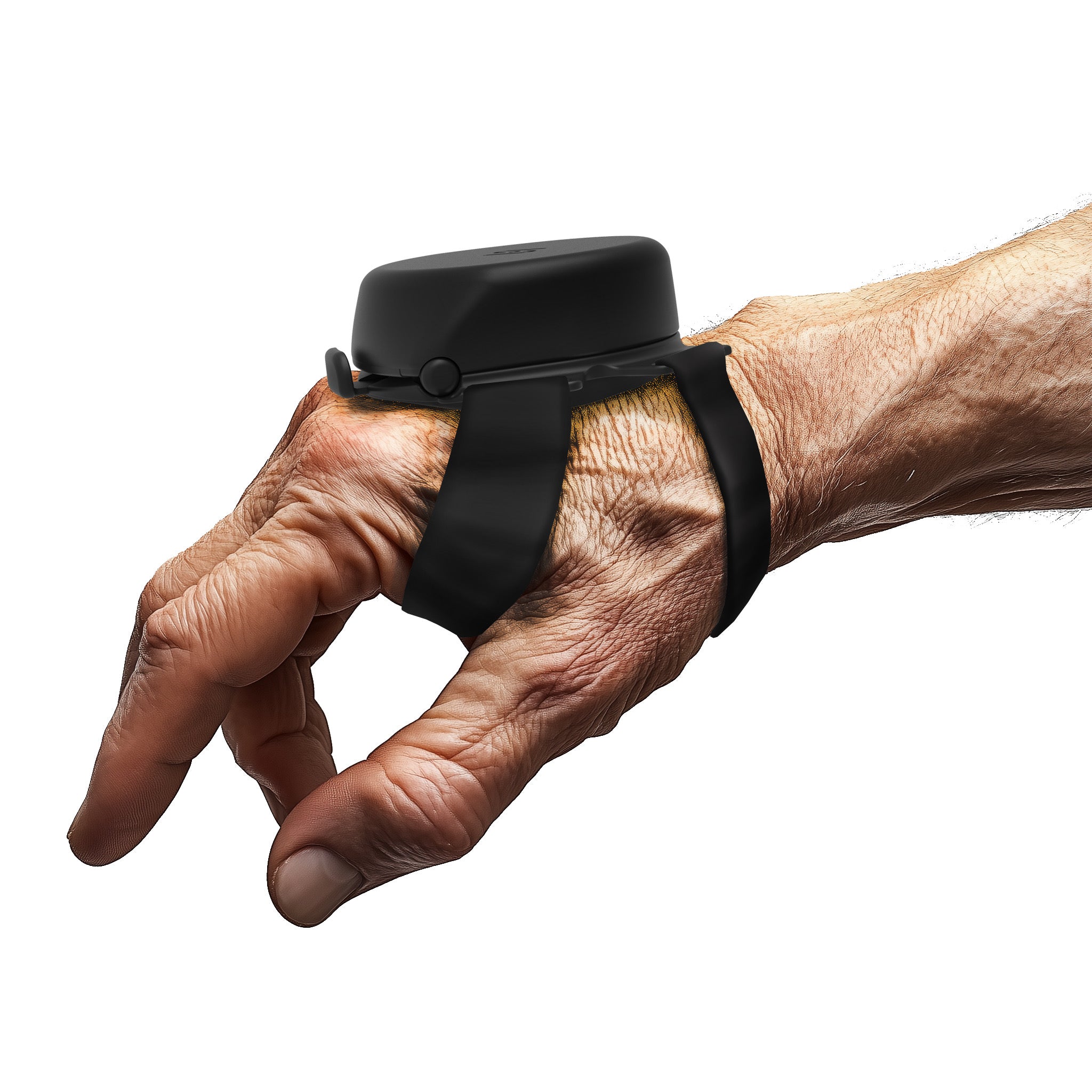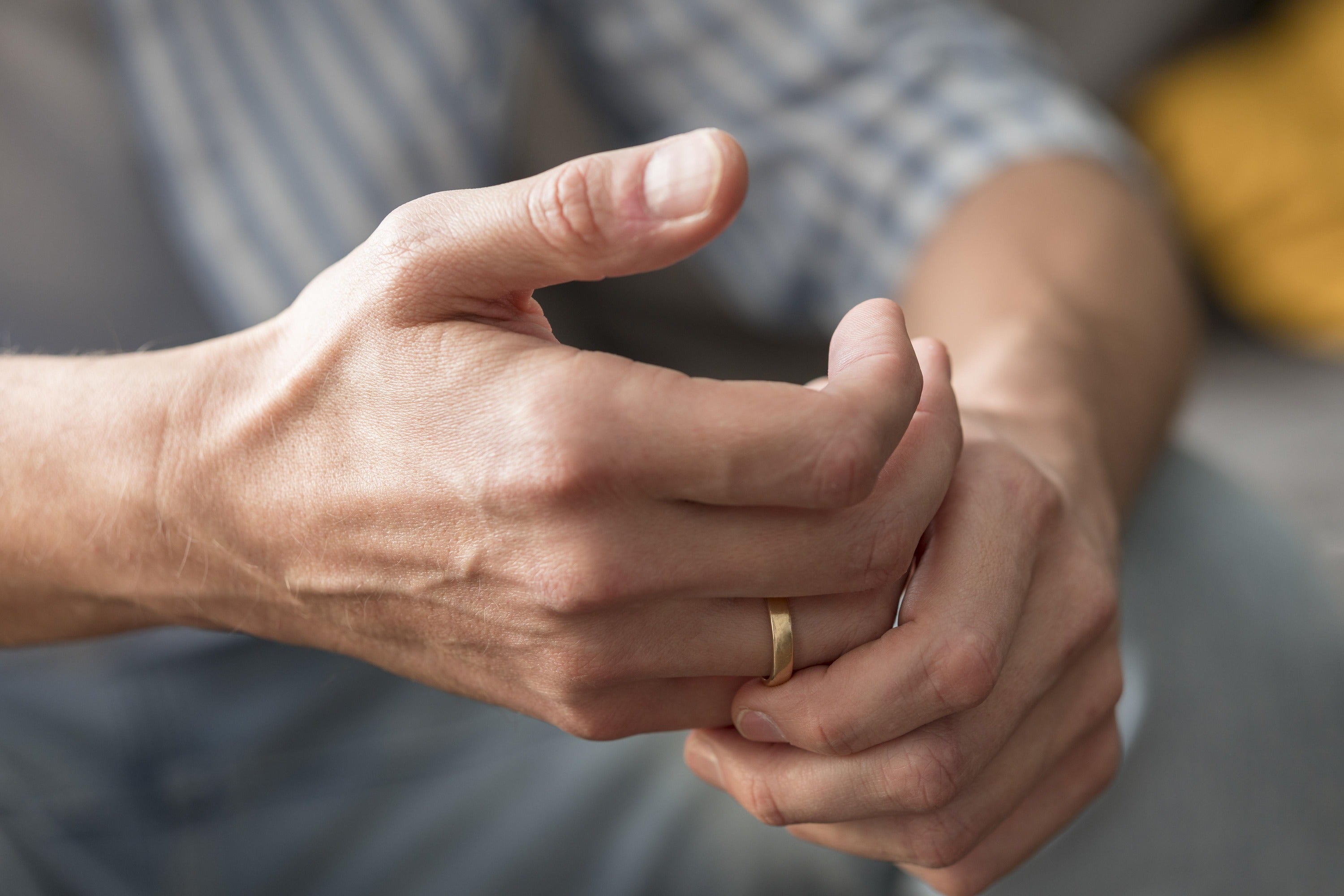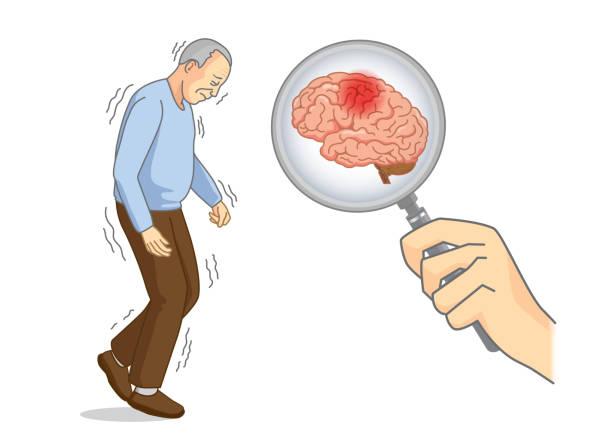Internal tremors are a puzzling phenomenon. Those affected often describe a sensation of shaking inside the body that is not visible externally. These internal vibrations can be unsettling, leaving individuals searching for clear answers and ways to regain control and independence.
This comprehensive guide explores the facts about internal tremors, including their symptoms, possible causes, and evidence-based management options. We clarify the difference between Essential Tremor and intention tremor, recommend safe exercises, and provide nutritional insights to help you make informed choices about managing this condition.
Symptoms of Internal Tremors
Internal tremors can be as varied as the individuals who endure them. Commonly described as a shaky feeling inside, a subtle internal quake, or internal shaking, these sensations can be sporadic or constant. They manifest more prominently when lying down or during moments of rest, sparking an unsettling discord between the body's stillness and the internal tumult. We will discuss the range of symptoms, share personal experiences, and offer insight into how internal tremors are perceived by those who live with them daily.
Symptoms Overview
-
Internal vibrations when lying down
-
Shaky feeling inside
-
The body feels shaky inside.
-
Feeling jittery and shaky inside
-
Feeling vibrations in the body
Causes and Diagnosis
While the exact cause of internal tremors is not always clear, they are frequently linked to various neurological conditions like Essential Tremor or Parkinson's Disease, stress responses, or side effects of medication. Diagnosing internal tremors can be challenging, requiring careful evaluation and ruling out other conditions. Talk to a qualified healthcare provider to explore all possible causes and options.
Factors That Aggravate Internal Tremors
Several factors can worsen internal tremors for individuals living with Essential Tremor or other tremor-related conditions. Knowing these triggers can help you manage symptoms and maintain control and independence. These include:
Stress and Anxiety
High levels of stress and anxiety can trigger or amplify internal tremors. Stressful situations activate the body's nervous system, increasing feelings of restlessness and shakiness. Learning to identify and minimize daily stressors can be helpful. Always consult a healthcare professional for safe stress management methods.
Fatigue and Lack of Sleep
Insufficient rest and fatigue can make internal tremors more pronounced. Proper sleep and restful periods help restore the body's equilibrium, which may reduce tremor frequency and the sensation of the insides feeling shaky.
Caffeine and Stimulants
Stimulants like caffeine and certain medications can stimulate the nervous system, potentially worsening internal tremors and contributing to internal shaking. Reducing or avoiding these substances may provide some relief.
Essential Tremor vs. Intention Tremor
An elderly woman sitting on a chair, examining her arm, depicts symptoms of internal vibrations when lying down and a shaky feeling inside. Distinguishing between Essential Tremor and intention tremor is important, as each has different implications and management strategies. Essential Tremor usually occurs during movement, while intention tremors appear as you get closer to a target, like touching your nose. Understanding this difference helps clarify why you may feel shaking inside your body during specific tasks.
Internal Tremors and Muscle Twitches
Many individuals with Essential Tremor also experience muscle twitches alongside internal tremors. Muscle twitches, known as fasciculations, are brief and involuntary contractions of muscle fibers. These twitches can occur independently or in conjunction with internal shaking, contributing to the overall sensation of movement within the body. Muscle twitches are generally harmless and do not require specific treatment unless they become persistent or significantly interfere with daily activities.
Management and Treatment Options
Living with internal tremors requires a multifaceted approach to management. There is no cure for Essential Tremor or Parkinson's Disease, but combining treatments can provide relief. This segment covers the spectrum of management strategies, from medical interventions such as beta-blockers and anticonvulsant medications to physical therapies. Always consult a qualified healthcare provider for medical advice tailored to your condition.
Role of Diet and Supplements
Nutrition plays a supportive role but does not cure tremors. Confident dietary choices and nutrients, like magnesium, may help muscle function, but scientific evidence for controlling tremor symptoms is limited. Discuss any supplements or diet changes with your healthcare provider before trying them.
Exercise and Physical Therapy
For many with internal tremors, targeted exercises can help build strength and coordination, supporting better control and independence. By strengthening muscles and enhancing motor skills, exercises designed for tremor management can be part of an effective plan.
Incorporating wrist stretches and grip-strengthening activities may help steady hand movements. For example, ‘wrist curls’ or ‘hand grips’ can strengthen muscles that are responsible for stable movements. For those wondering about the best exercise for hand tremors, simple tasks like squeezing a stress ball or bead threading may help. A qualified physical therapist can create a plan to address your specific needs.
Physical therapy, too, brings a personalized touch to tremor management. A qualified therapist can develop a regimen that targets your unique challenges, focusing on exercises that promote muscle steadiness and motor control. This customized approach can be particularly beneficial for those grappling with "sudden uncontrollable shaking in the elderly" or "weighted gloves for tremors."
Technological Advances in Tremor Research
The landscape of tremor research is evolving, with technology leading to promising tools. Improved diagnostic methods allow for better measurement and analysis of tremor patterns. This translates to more precise, individualized treatment plans for those experiencing internal vibrations and feeling jittery and shaky inside.
Innovations include wearable devices and noninvasive therapies. For example, Steadiwear’s Steadi-3 is a Class I medical device that uses adaptive stabilization technology to help manage hand tremors. It does not cure Essential Tremor or Parkinson's Disease, but allows users to maintain control and independence in daily activities.
Therapies, too, have felt the touch of innovation. From wearable devices that counteract tremors to sophisticated brain stimulation techniques, the future is bright for those seeking relief from "internal tremors upon waking" or "feeling vibrations in the body."
By staying abreast of these developments, Steadiwear contributes to the conversation and solutions that may one day revolutionize tremor treatment.
When to Seek Medical Help
While internal tremors are often manageable, there are instances where medical intervention may be necessary. It is advisable to seek medical help if:
-
Internal tremors significantly affect daily activities and quality of life.
-
Tremors worsen or become increasingly frequent.
Tremors can accompany other concerning symptoms, such as weakness, dizziness, or difficulty speaking. Consult a qualified healthcare provider to determine the cause and best treatment options.
Innovative Solutions by Steadiwear
At Steadiwear, we're at the forefront of developing solutions for those grappling with tremors. Our innovative products, like the Steadiwear gloves, are designed to stabilize and provide comfort to those with hand tremors. Our products are informed by cutting-edge research and user feedback, ensuring they meet our customers' real-world needs.
The Steadi-3 is a Class I medical device that uses innovative adaptive technology to help manage tremors. Unlike medication or invasive procedures, it provides a safe, drug-free option for people living with Essential Tremor and other hand tremor conditions. While it does not cure tremors, it can help reduce visible shaking, assisting users to maintain their control and independence throughout daily tasks like eating, writing, or drinking.
Conclusion
Internal tremors may be invisible, but their impact on quality of life is anything but. With the strategies and insights outlined in this guide, we hope to shed light on the shadows of this condition, offering hope and help to those affected. For more information on managing tremors and discovering stabilizing solutions, visit our homepage. Share this post with your community and join the conversation about managing internal tremors.
Resources:
https://www.mayoclinic.org/diseases-conditions/essential-tremor/symptoms-causes/syc-20350534
https://www.ninds.nih.gov/health-information/disorders/tremor
https://www.parkinson.org/Understanding-Parkinsons/Symptoms/Movement-Symptoms/Tremor
https://www.hopkinsmedicine.org/health/conditions-and-diseases/muscle-fasciculation



